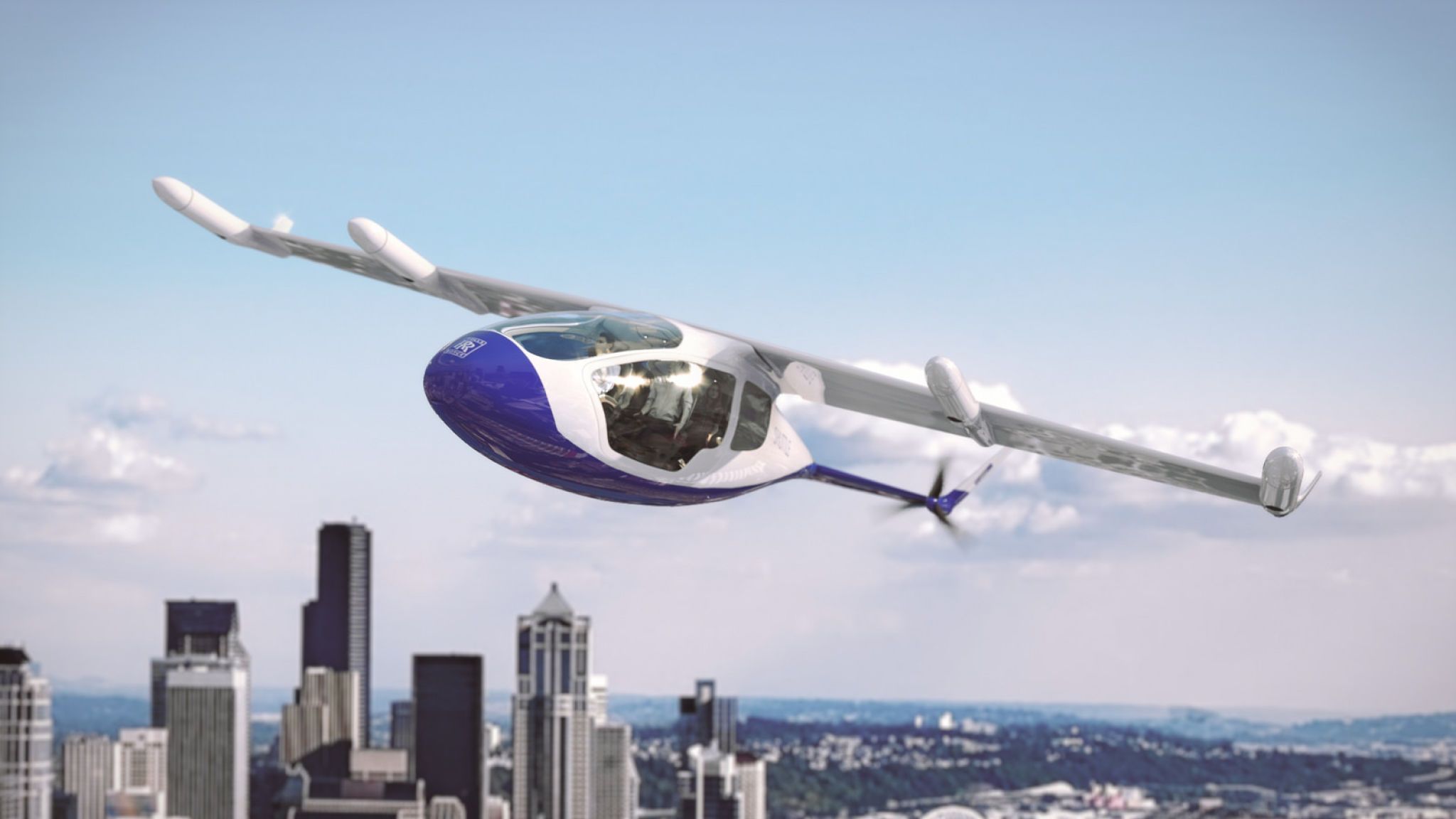Rolls-Royce wants to create a flying taxi cab
The engine company is working on a propulsion system

Engine maker Rolls-Royce has lifted the lid on its plans to create a flying taxi cab that could carry four to five passengers and reach speeds of up to 402 km/h (250 mph) for about 500 miles.
The British company unveiled an early design for the "electric vertical take-off and landing" (EVTOL) concept vehicle at the Farnborough International Airshow 2018 in the UK.
It has already begun designing the concept for a new propulsion system that would enable the EVTOL to take to the skies. According to a blog post from Rolls-Royce, this system uses gas turbine technology to generate enough electricity to power propulsors, which would be designed to have a low noise profile. It would also be able to take off and land vertically thanks to rotating wings. This means it could be used in existing airports and heliports.
Where we're going, we don't need roads
Although the company unveiled an early concept for the flying taxi, it believes it could be buzzing around as early as the 2020s. And there's scope for it to be used as public transport, but it could also be adapted for personal transport, logistics and even military applications.
Rolls-Royce isn't the first company to claim to be making all of our sci-fi dreams come true and developing flying vehicles. Aerospace company Airbus and ride-sharing company Uber are just two of a handful of big names and smaller start-ups that have already released details about their own projects that involve flying car tech.
Main Image: An artist's impression of the EVTOL, which could carry four to five passengers. Credit: Rolls-Royce.
Sign up for breaking news, reviews, opinion, top tech deals, and more.

Becca is a contributor to TechRadar, a freelance journalist and author. She’s been writing about consumer tech and popular science for more than ten years, covering all kinds of topics, including why robots have eyes and whether we’ll experience the overview effect one day. She’s particularly interested in VR/AR, wearables, digital health, space tech and chatting to experts and academics about the future. She’s contributed to TechRadar, T3, Wired, New Scientist, The Guardian, Inverse and many more. Her first book, Screen Time, came out in January 2021 with Bonnier Books. She loves science-fiction, brutalist architecture, and spending too much time floating through space in virtual reality.